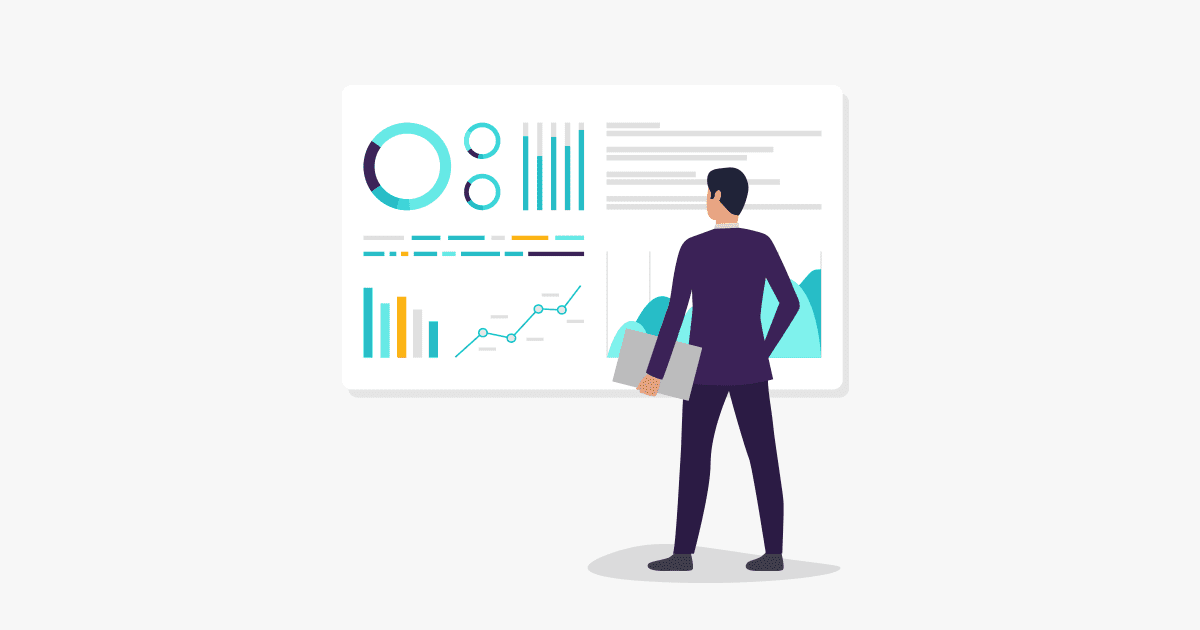In the realm of property management, efficiency isn’t just a goal—it’s a necessity. Property management software equipped with Key Performance Indicators (KPIs) offers a powerful tool for managers to gauge the performance and health of their properties. KPIs in property management software can range from financial metrics like Income Per Property to operational ones like maintenance response times. These indicators provide tangible data, helping managers make informed decisions that streamline operations, enhance property maintenance, and improve overall management efficacy. By continuously monitoring these KPIs, property managers can identify trends, foresee potential issues, and implement corrective actions promptly.
What are the KPIs for Software Property Management?
KPIs for property management software serve as the guiding stars for managers navigating the complex responsibilities of property oversight. Essential KPIs include Occupancy Rate, which indicates the percentage of occupied units, and Timeliness, measuring the efficiency of response to maintenance requests. Understanding these KPIs involves not just tracking the numbers but analyzing what they signify about the property’s operational health. A comprehensive understanding of these metrics enables managers to tailor their strategies to specific areas of need, ensuring that each property is performing optimally.
How to Use KPIs?
The effective use of KPIs in property management software hinges on setting clear, measurable goals and regularly reviewing these metrics. For instance, if the Occupancy Rate is a key focus, strategies like enhancing property appeal or streamlining the move-in process can be employed to improve this KPI. It’s also crucial to use KPIs to forecast future trends and prepare accordingly. This proactive approach, facilitated by the software, enables property managers to stay ahead of the curve, ensuring that their properties maintain a competitive edge in the market.
How to Improve KPIs: Effective Strategies
Improving KPIs within your property management system involves a blend of strategic planning and tactical execution. If a KPI like Income Per Property is underperforming, it may be time to reassess your property maintenance strategies or consider upgrades that enhance property value. Regular training for staff on using the software effectively can also lead to more accurate data collection and reporting, which is crucial for KPI analysis. Additionally, integrating customer feedback into your strategy can provide valuable insights into areas for improvement. By continuously refining your approach based on KPI data, property management can evolve from a reactive task to a strategic, data-driven operation.
Timeliness as a KPI in Property Management
In property management, the value of timeliness cannot be overstated. It’s a key performance indicator that directly impacts the efficiency of operations. Timeliness, especially in responding to maintenance requests or resolving operational issues, is crucial in maintaining the quality of the properties. Property management software often includes features that track response times, enabling managers to monitor and improve their performance in this area. Efficiently addressing issues not only maintains property standards but also contributes to the overall satisfaction of those using the property, thereby enhancing its reputation and value.
Tracking Occupancy Rate: A Critical KPI for Property Management
The Occupancy Rate is a fundamental KPI in property management that provides insight into the market demand and operational success of the property. A high occupancy rate typically indicates that the property is well-maintained, well-managed, and meets the needs of its users. Property management software can track this rate in real-time, allowing managers to respond quickly to fluctuations. Strategies to improve occupancy rates can include marketing efforts, property enhancements, and competitive pricing strategies. By closely monitoring this KPI, property managers can proactively manage their properties to ensure they remain attractive and in demand.
How to Create and Make Your KPIs Work for You in Property Management?
Creating effective KPIs within property management software involves identifying specific areas that align with your operational goals. When establishing KPIs, it’s important to make them SMART: Specific, Measurable, Achievable, Relevant, and Time-bound. Once identified, these KPIs should be integrated into the property management software for regular monitoring. Utilizing the software’s analytics and reporting tools, property managers can track progress, identify trends, and make data-driven decisions. Regularly reviewing these KPIs ensures that management strategies are aligned with the goals, leading to continuous improvement and success.
 Essential Property Management KPIs to Monitor for Success
Essential Property Management KPIs to Monitor for Success
To harness the full potential of property management software, focusing on a few essential KPIs can significantly enhance your management effectiveness:
Maintenance Response Time
Tracks the efficiency in addressing maintenance requests, reflecting operational efficiency.
Income Per Property
A financial metric that evaluates the revenue generated per property, is crucial for financial planning and investment strategies.
Customer Satisfaction Score
Gauges the satisfaction levels of those using the property, which can influence reputation and occupancy.
Operating Costs
Monitors the costs of managing the property, essential for budgeting and profitability analysis.
By tracking these KPIs, property managers can gain valuable insights into their operations and make informed decisions to enhance their property’s performance.
ONR stands out in the world of property management software, offering a dynamic and intuitive solution for tracking key performance indicators (KPIs) crucial for the success of your property management endeavors. Designed with the precision needs of modern property managers in mind, ONR not only simplifies but revolutionizes the way KPIs are monitored and analyzed.
At the heart of ONR’s functionality is its robust dashboard, which provides real-time insights into essential KPIs such as service requests, Maintenance Response Time, and past due payments. These metrics are visually represented, making it easy for managers to quickly assess the health of their properties and make informed decisions. With ONR, tracking customer satisfaction scores becomes effortless, allowing managers to stay attuned to the needs and preferences of their communities and respond proactively. For more information, visit our website or get in touch with us directly.


 Essential Property Management KPIs to Monitor for Success
Essential Property Management KPIs to Monitor for Success